Non-volatile memories retain data without power; endurance and data retention are key for space-grade reliability.

Blog » EEE Testing »

Non-volatile memories retain data without power; endurance and data retention are key for space-grade reliability.
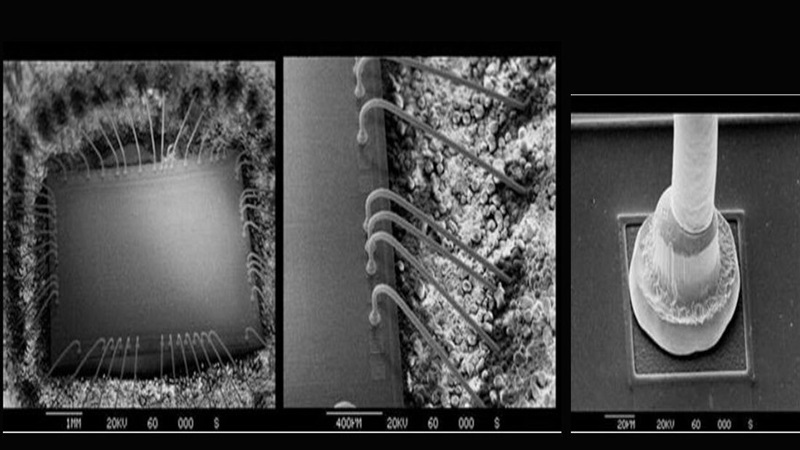
DPA ensures quality and reliability of EEE components by examining design and workmanship through detailed physical analysis.
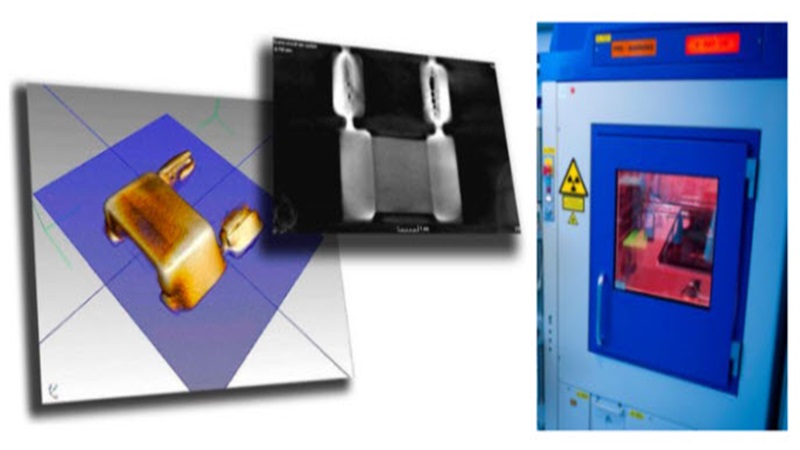
X-ray inspection reveals internal defects in components using non-destructive 2D and 3D imaging techniques.
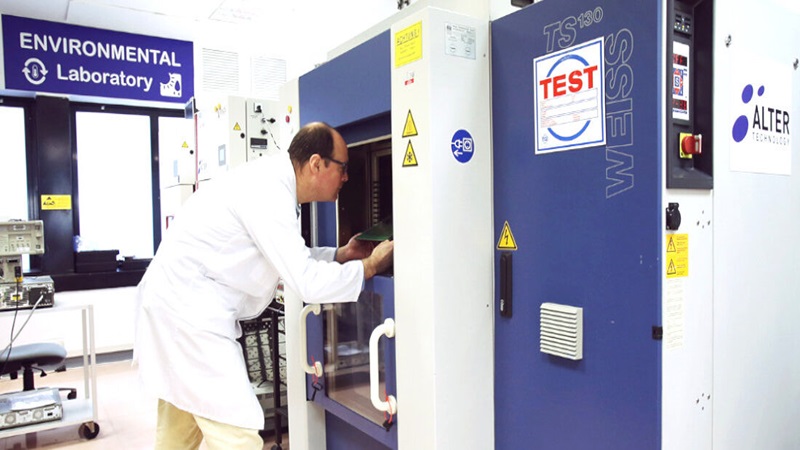
Thermal cycling testing assesses component durability under repeated extreme temperatures to identify thermal stress failures.

Comparison of non-destructive test methods like X-ray, SAM, and lock-in IR used to inspect EEE components and detect internal defects.
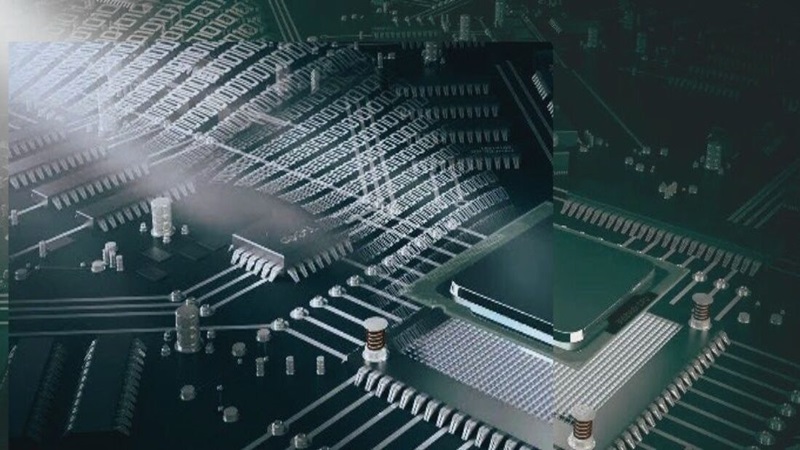
New space microelectronics benefit from SAM’s non-destructive defect imaging in complex, high-reliability components.
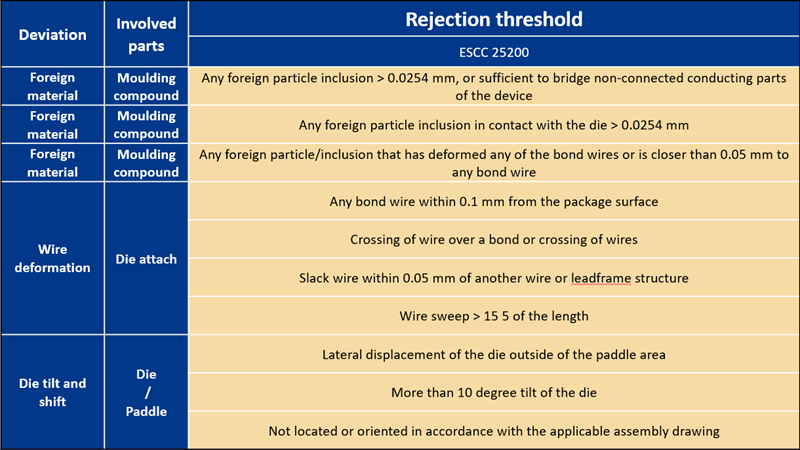
Comparison of SAM rejection criteria across IPC, ESCC, MIL-STD, and NASA specs for cracks, voids, delamination, and contamination.
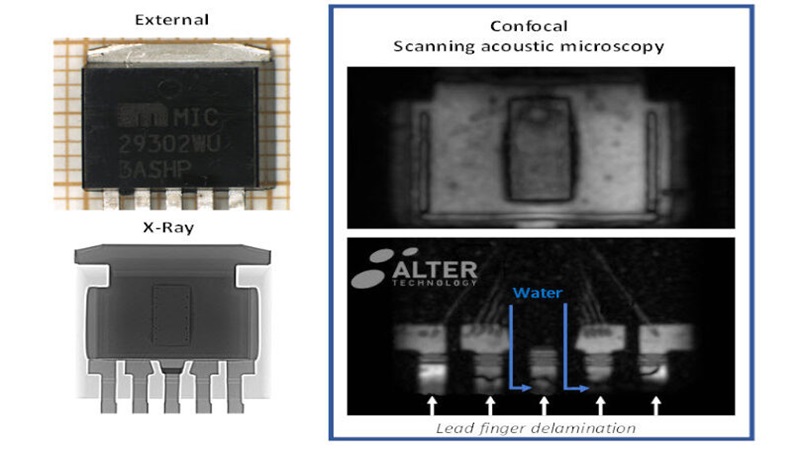
Scanning acoustic microscopy (SAM) detects water ingress paths and hidden flaws in delaminated parts of microelectronic systems.

XRF tool enables fast, non-destructive analysis of materials in aerospace and electronics for compliance and quality control.
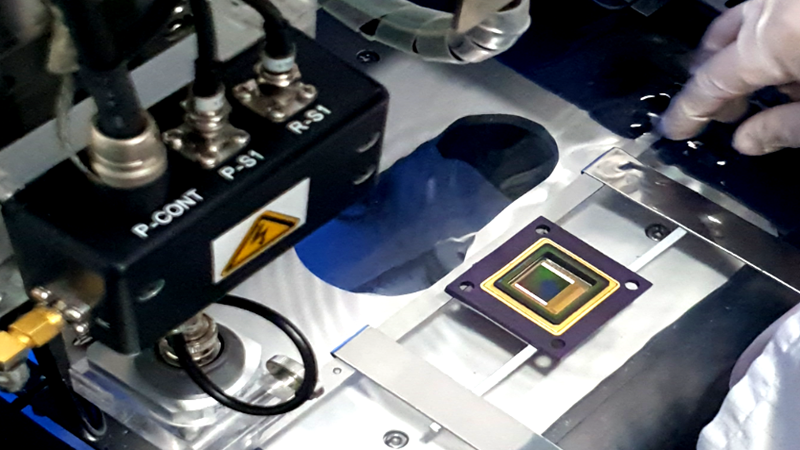
Combined SAM and stress testing protocols to improve flaw detection and reliability in microelectronic space components.
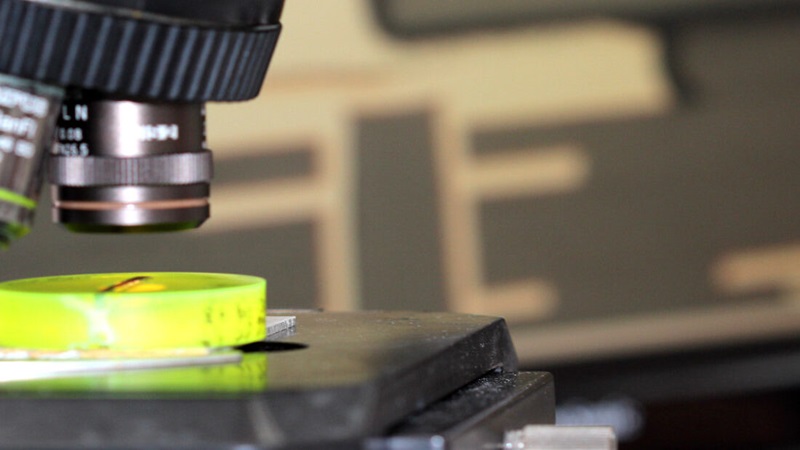
Focused ion beam enables precise material removal and analysis in microelectronics and failure investigations.
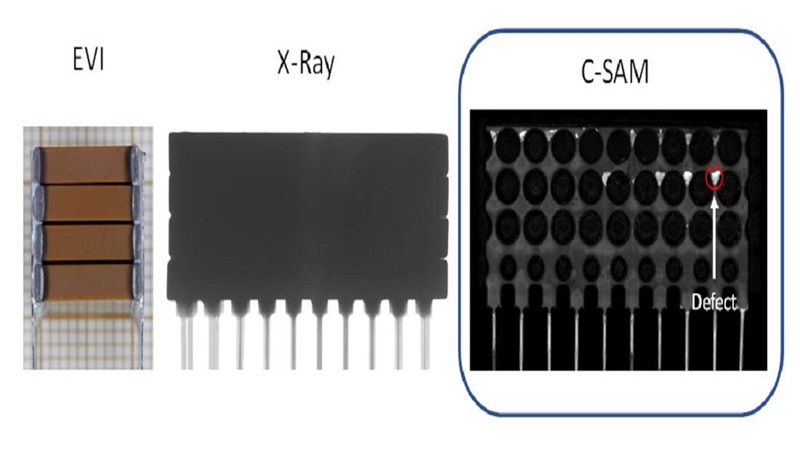
C-SAM inspection reveals interface anomalies in horizontally stacked capacitors by using high-frequency acoustic imaging.
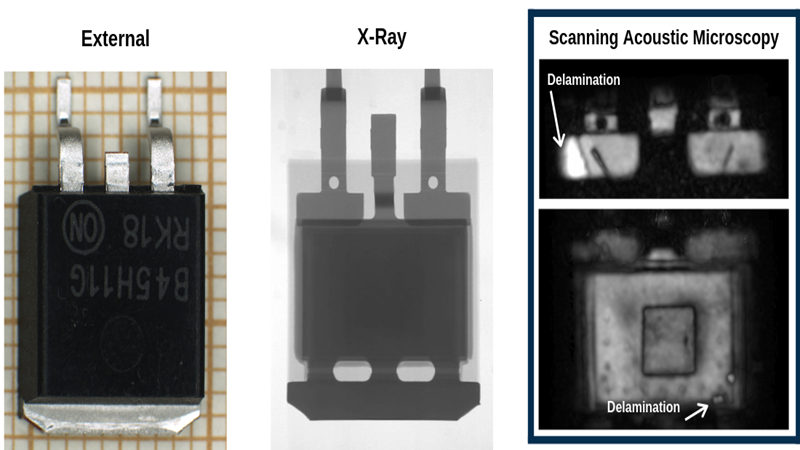
Thick plastic encapsulated parts require multi-depth confocal imaging to detect delamination, voids, and internal structural defects.
Glassivation layer testing ensures dielectric integrity over aluminum to prevent defects like cracks, pinholes, and electromigration.
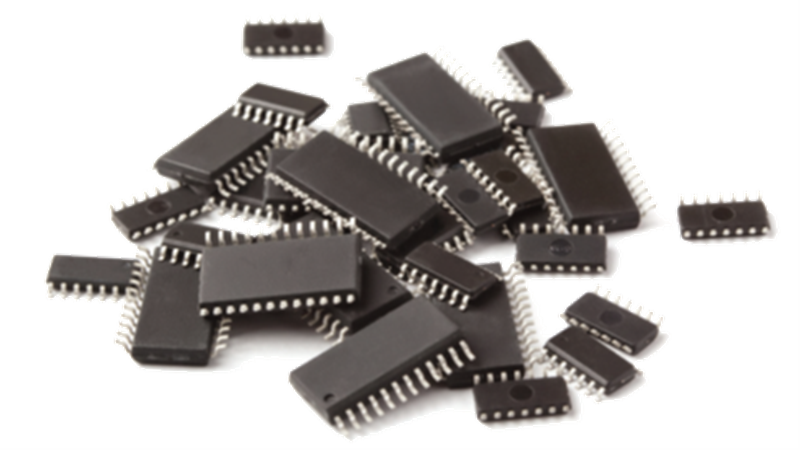
Plastic encapsulated parts pose risks like delamination and voids; SAM detects internal flaws non-destructively with high sensitivity.
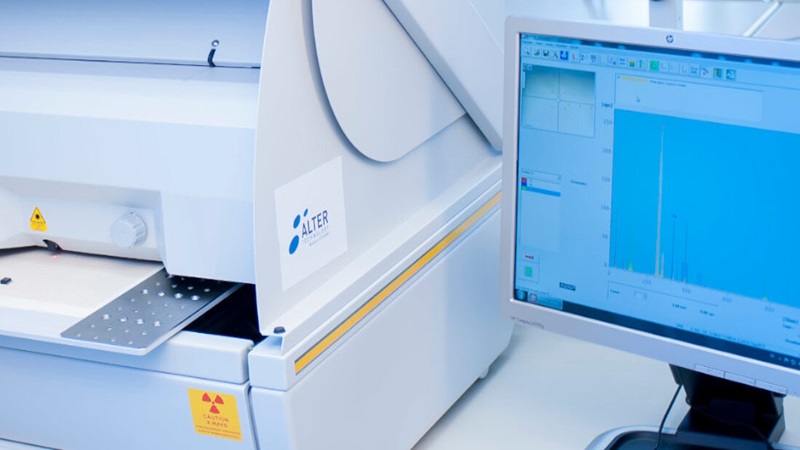
Material analysis identifies elements in microelectronic parts to ensure compliance, reliability, and detection of prohibited materials.
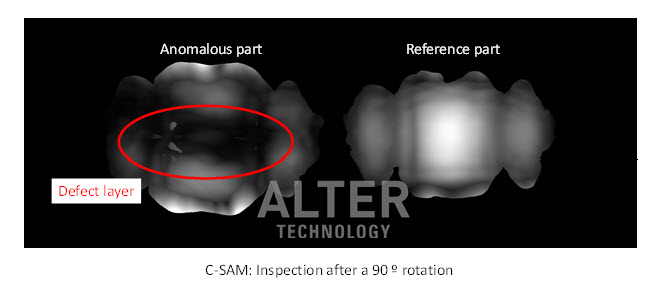
Ultrasonic examination detects submicron internal defects in ceramic capacitors, ensuring reliability through non-destructive analysis.
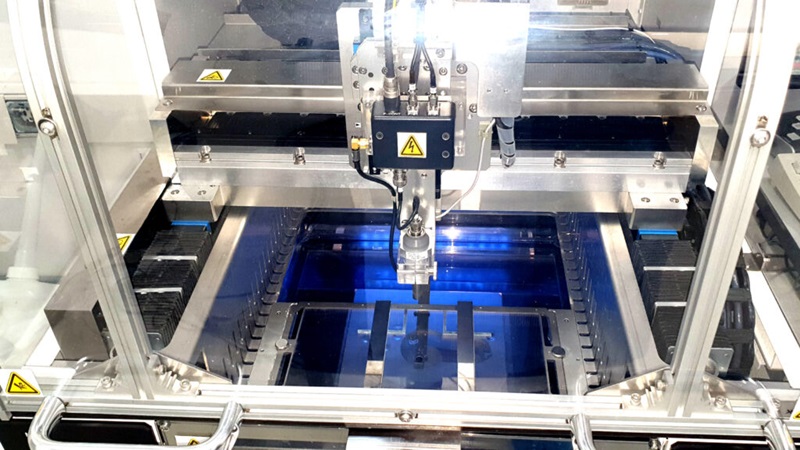
COTS parts undergo safe C-SAM inspection using deionized water, limited immersion, and drying to prevent corrosion and damage.

Decapsulation exposes internal device structures for analysis of die, interconnects, and defects during failure investigations.
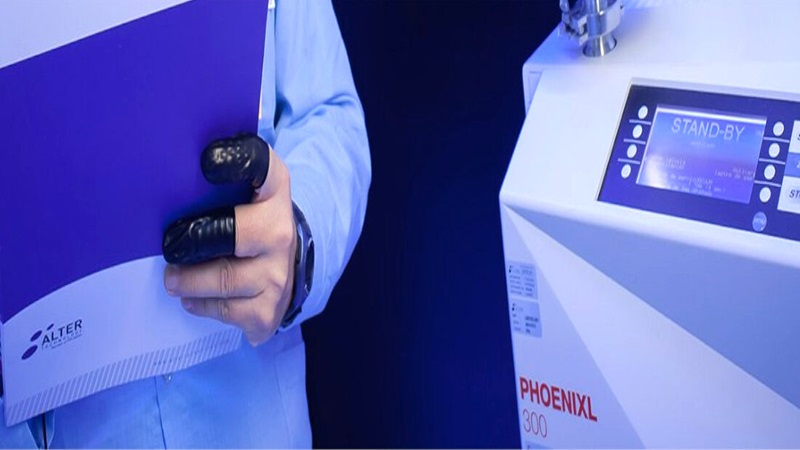
Hermeticity testing detects seal integrity in components to prevent contamination and ensure long-term device reliability.